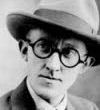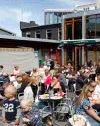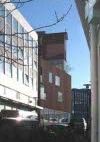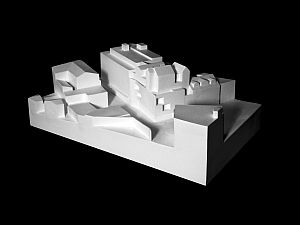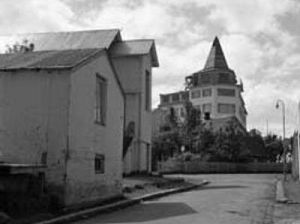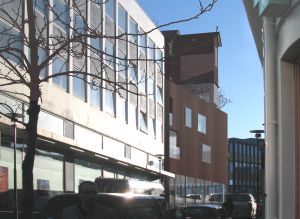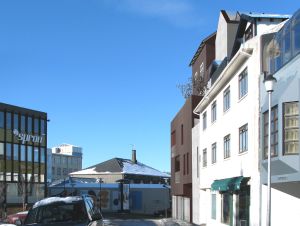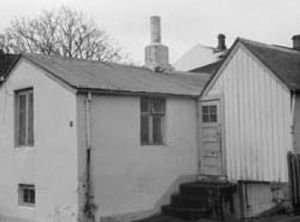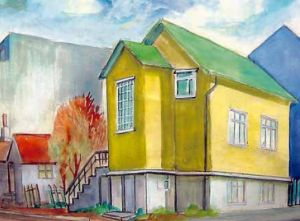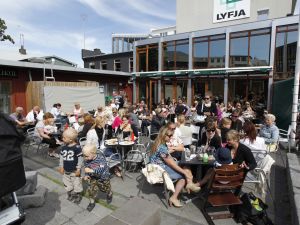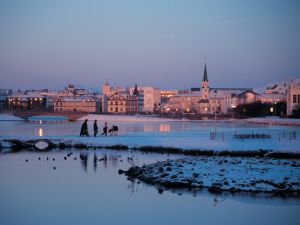A TOWN AWAKENS
The old houses at Vegamótastígur which will be rejuvenated as part of the building project are good examples of how house construction was developing in Reykjavik at the turn of the 20th century, in an awakening town. In 1904 Iceland gained partial independence from Denmark with a home rule. Icelanders for the first time had their own minister accountable to the parliament, Althingi, and government offices were opened in Reykjavík thereby replacing Copenhagen as the capital of Iceland. This political development was sealed with full sovereignty in 1918. The old Icelandic farmer´s society was about to transform into a modern city and industrial society with Reykjavík as focal point. People were eager to venture a new life there and a steady stream was maintained to the capital for the rest of the 20th century.
The couple living in Vegamótastígur 9, Davíð Jóhannesson, foreman at the United shipping company at Reykjavík harbour, and his wife, Guðrún Skaftadóttir, were extremely hospitable and felt the influx into the small town. The attic and the cellar were rented out and for a while also a room facing south on the main living floor. In that room the two most celebrated Icelandic artists of the twentieth century lived for a while during their years of study, Jóhannes Sveinsson 1909-1911 and Halldór Guðjónsson frá Laxnesi 1914-1916 documented in their memoirs.
One by one the old houses on Vegamótastígur, stone cottages, the last of which was demolished in June 1964, and timber houses made way for modern buildings, the first one built in 1919, Laugavegur Pharmacy. The apartment and commercial building Grettisgata 3 was followed later by Laugavegur 18b and finally the historical cultural house at Laugavegur 18 in 1961, home to the left wing Mál og menning publishing house and book store where the owners invited Halldór Laxness to have his town flat, then living in Gljúfrasteinn, 20 km from the city centre. The Reykjavík Savings Bank built their new headquarters at Skólavörðustígur 11 in 1969 on lots where previously the houses of Benedikt Sveinsson, president of the parliament, Althingi, and Tobbukot, Þorbjörg Sveinsdóttir´s stone cottage. Since then little has changed in this area apart from the reconstruction of small houses across the street now home to two of the city´s most popular restaurants and pubs.


